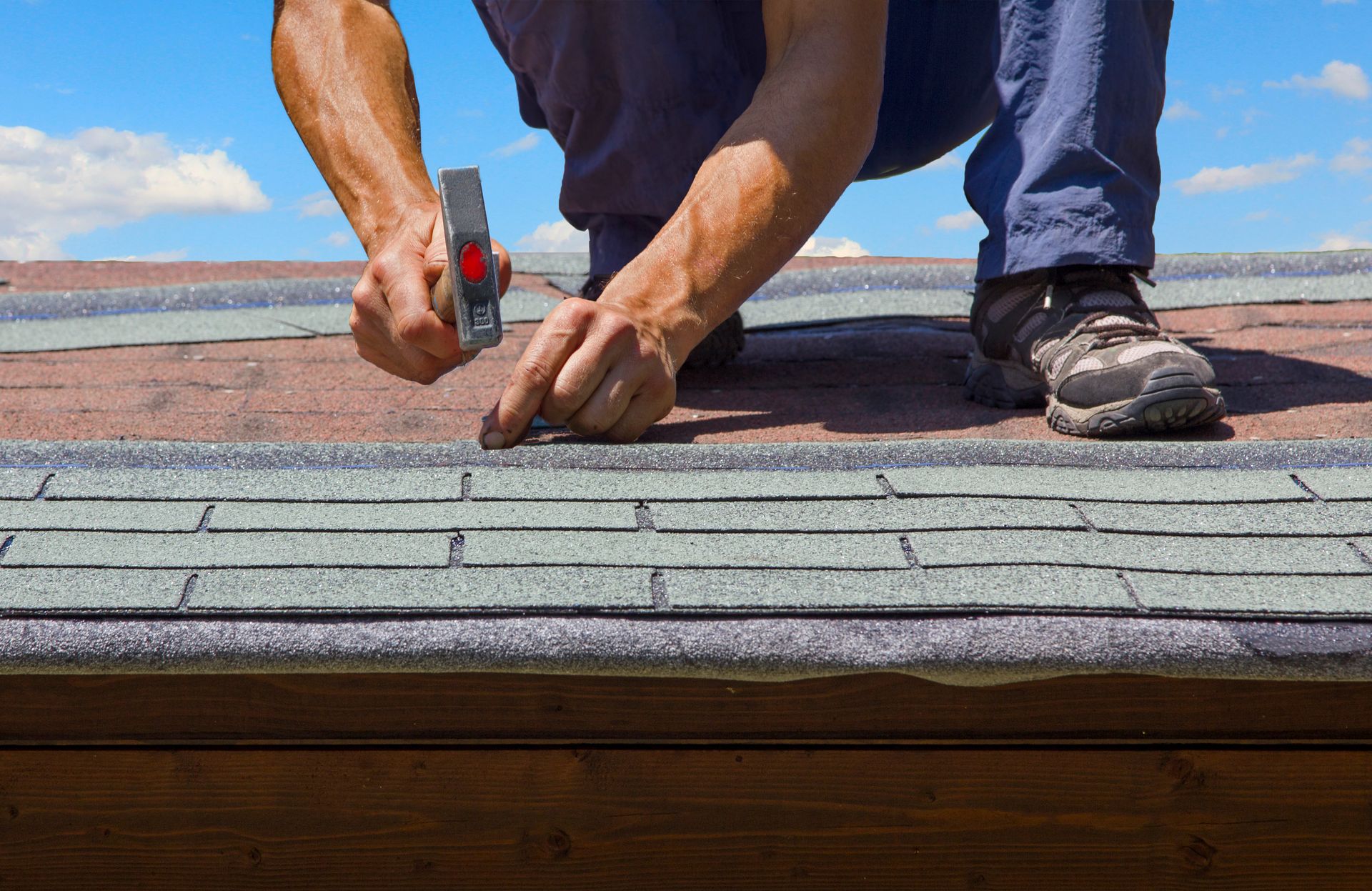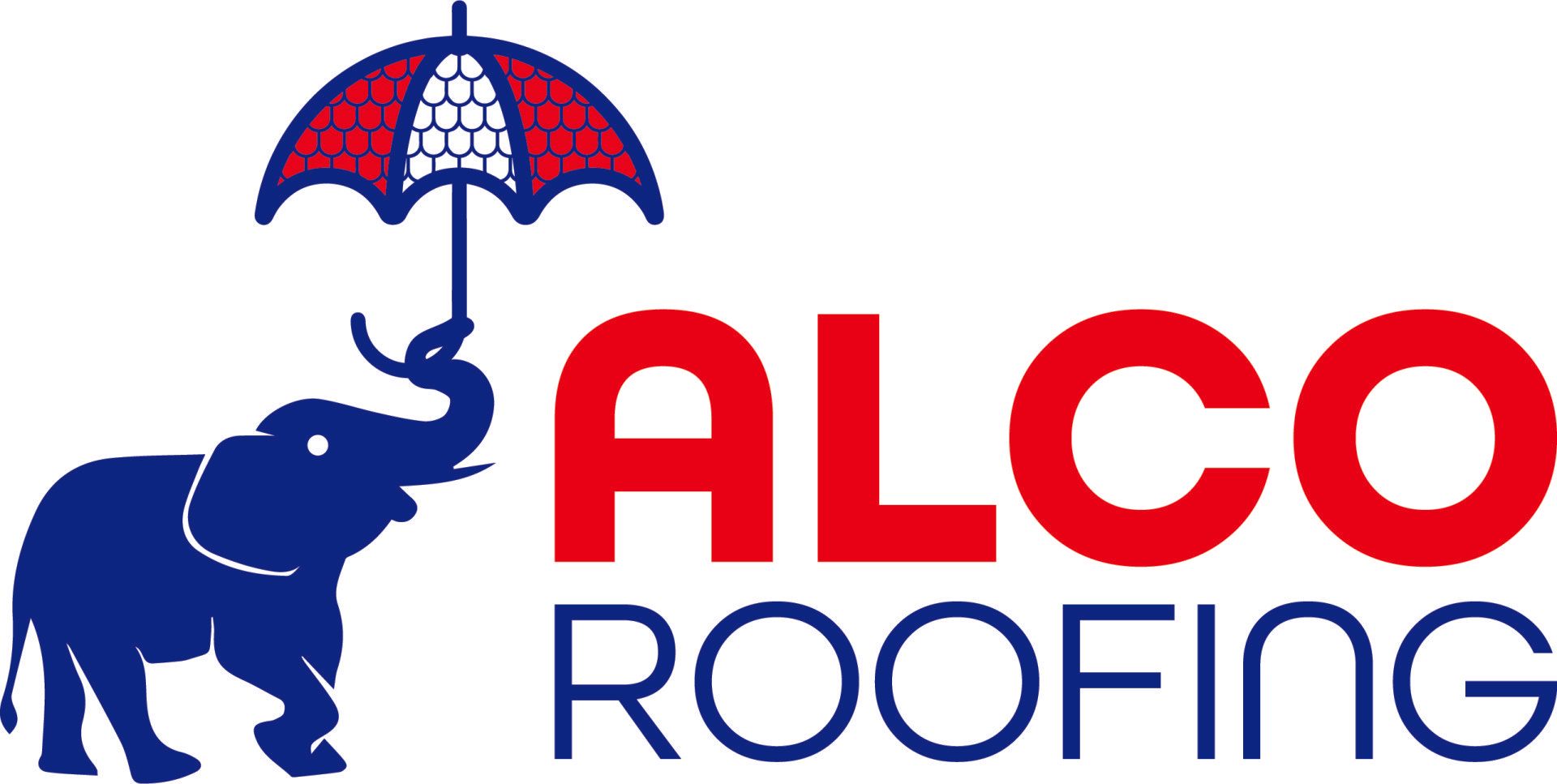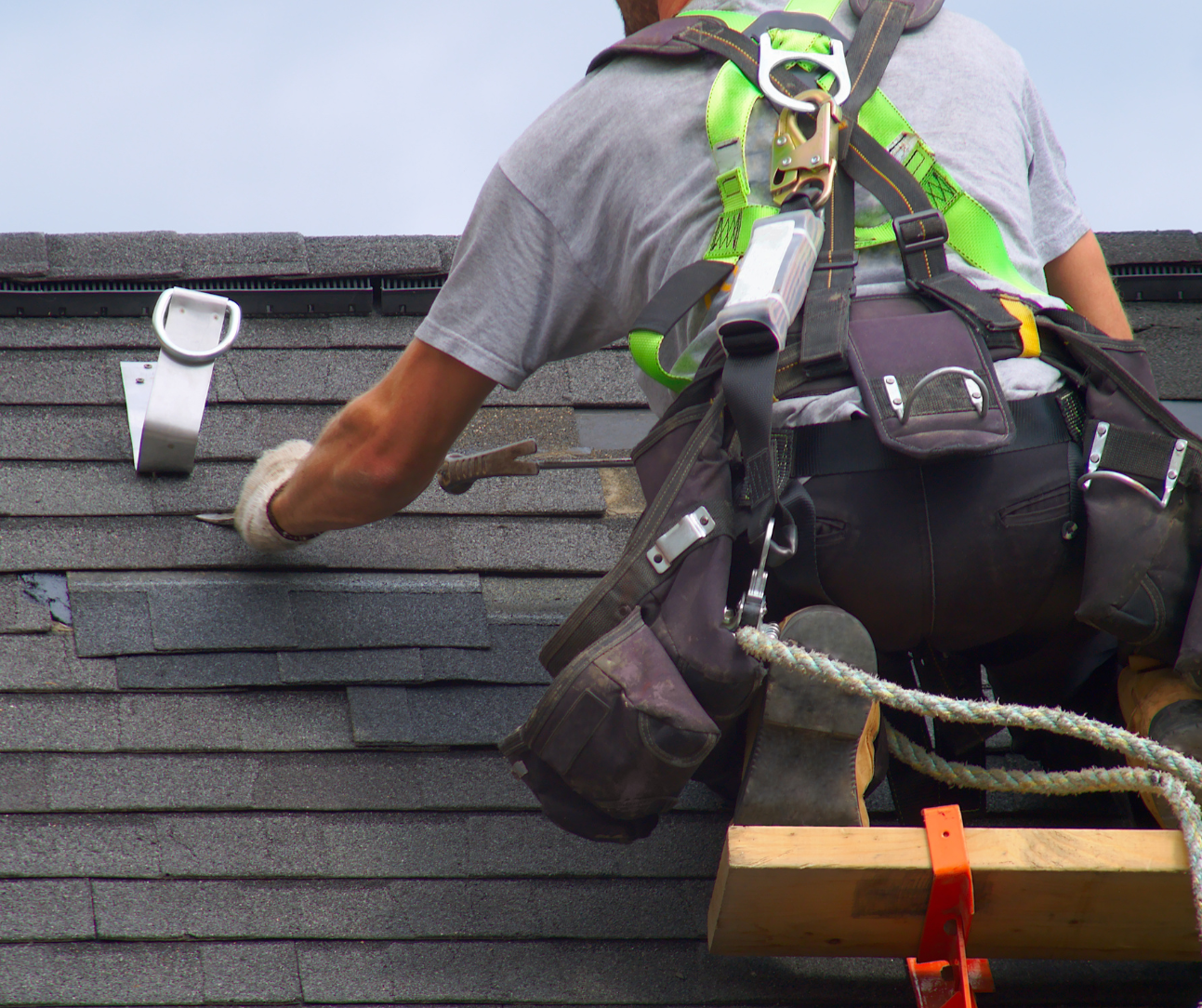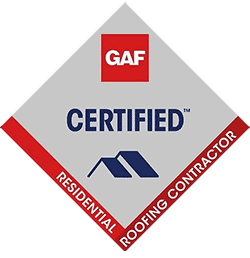The Most Common Issues Found During Roof Inspections
Regular
roof inspections
are one of the most important measures you can take to maintain the safety and integrity of your home. In Georgetown, Texas, you will want to get a roof inspection at least every six months to ensure the variety of weather conditions have not caused any damage. Summers can have such extreme heat while at other times of the year, there can be high winds and strong rains.
Common roofing problems can include things like leaks, missing or damaged shingles, and excessive condensation. If left unaddressed, these problems can lead to costly repairs or even premature roof failure. Working with the right roofing services will help you to effectively inspect your roof. Having a professional who knows what to look for will save you time and potential problems.
As a homeowner, it's important to be proactive about keeping your home in good condition. Part of that is regularly inspecting your roof and being aware of common roofing problems. By doing so, you can identify any potential issues early on and take steps to fix them before they cause serious damage.
Damage from weather elements
Weather elements such as wind, rain, and heat can cause a lot of damage to our homes and possessions. Wind can blow debris and tree limbs that can damage our homes, while rain can cause flooding in areas that are prone to it. Extreme heat can cause shingles to dry out and create cracks. Relatively mild temperatures can lead to problems like mold growth due to condensation build-up in walls, windows, or ceilings.
Taking preventative measures such as keeping trees trimmed back from your home or making sure gutters are clean can help reduce these risks but ultimately it is important to be prepared for whatever Mother Nature throws your way.
Poor installation or substandard materials used during installation
It's important to use high-quality materials and have them installed properly. Poor installation or the use of substandard materials can lead to a wide range of issues, including structural damage, leaks, and early wear and tear.
If the installation is done incorrectly, the roof may not be able to stand up against wind or heavy rains and could eventually fail. It's best to invest in quality materials and hire an experienced contractor who knows how to install your particular type of roof correctly.
Improper maintenance or repairs lead to structural damage
When it comes to maintaining and repairing the roof of a building, it is essential to take precautions to ensure that any work carried out is done professionally. Improper roof maintenance or repairs can lead to structural damage that may not be immediately visible but can become serious over time.
This type of damage can be caused by using shoddy materials, inadequate workmanship, incorrect installation or repair techniques, or improper use of tools and machinery. To avoid this kind of damage, any roof maintenance or repair work is best to be carried out by experienced professionals who are aware of all the latest regulations and safety standards. It is also important to do a roof inspection regularly and make sure that any potential issues with previous work completed are addressed as soon as possible.
Signs of wear and tear over time
With age and lack of maintenance, roofing materials can show signs of wear and tear. Common signs include crumbling, cracking, rusting, curling, or deterioration of the material. These issues can cause leaks in the roof leading to costly repairs and even damage to the interior of your home. Poorly maintained roofs may also not be able to withstand extreme weather conditions which can lead to further damage.
A professional roof inspection is essential for detecting any potential issues before they become major problems. During a roof inspection, it is important to look for signs of damage as well as any evidence of leaks or water damage. The inspector should also check the flashing and gutters for any wear and tear, check the ventilation system, and inspect all access points such as chimneys and skylights. Any abnormalities should be noted during the inspection and further investigated, if necessary. A thorough roof inspection will help identify any issues so that they can be addressed immediately.
Alco Roofing in Georgetown, Texas, provides free roof inspections and estimates. We are professional roofers with extensive knowledge and expertise. We know what to look for and what to do, saving you the hassle of having to figure it out yourself or missing something that can lead to a larger problem. We are a leading roofing company in the area and know the common problems that your roof faces, giving us the ability to effectively find solutions to any problem.
Call us
today at
(512) 949-1373 and book your roofing consultation.






